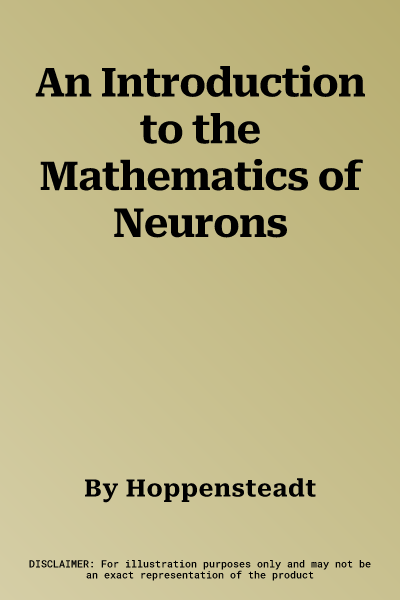Hoppensteadt
(Author)An Introduction to the Mathematics of NeuronsPaperback, 31 May 1986

Temporarily out of stock
Free Delivery
Cash on Delivery
15 Days
Free Returns
Secure Checkout

Part of Series
Cambridge Studies in Mathematical Biology
Print Length
192 pages
Language
English
Publisher
Cambridge University Press
Date Published
31 May 1986
ISBN-10
0521315743
ISBN-13
9780521315746
Description
Product Details
Author:
Book Format:
Paperback
Date Published:
31 May 1986
Dimensions:
21.41 x
13.41 x
1.27 cm
ISBN-10:
0521315743
ISBN-13:
9780521315746
Language:
English
Location:
Cambridge
Pages:
192
Publisher:
Weight:
208.65 gm